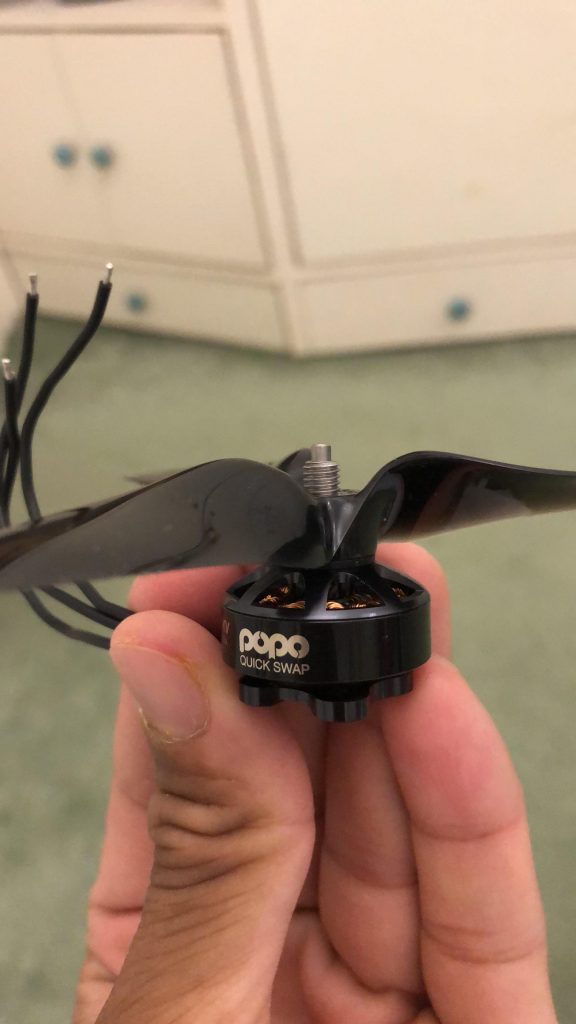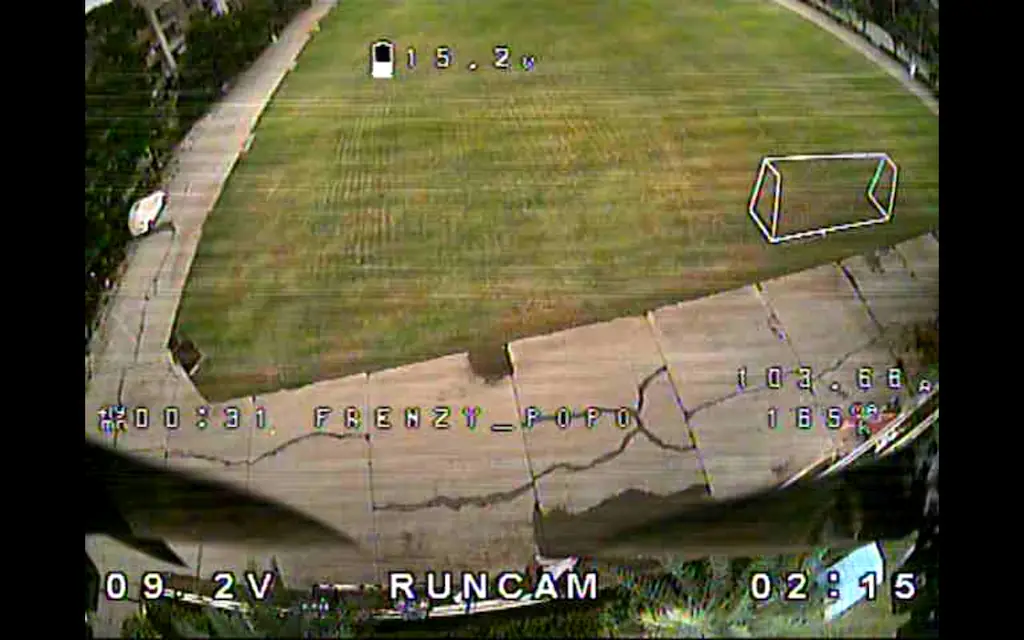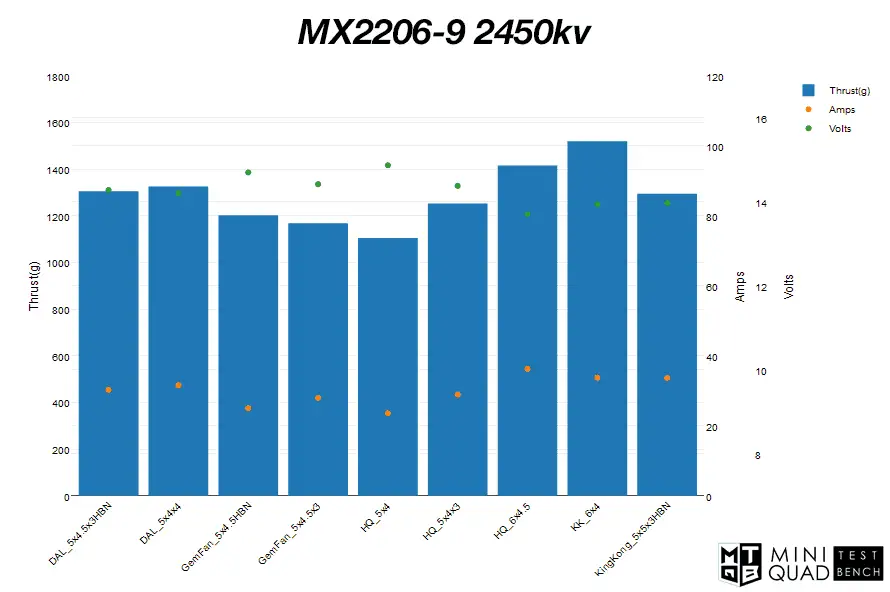Lumenier has always been on the cutting edge of innovation in the FPV hobby, and they’re the backbone of GetFPV, one of the biggest and most reputable suppliers that are out there today.
Lumenier are also sponsors for some of the biggest names in freestyle, like Charpu, Johnny FPV, Skitzo, and Wild Willy to name a few.
So when they came out with a new motor called the PoPo motor – which stands for pop on, pop off – nearly the entire community was intrigued right away.

The problem PoPo motors aim to solve
If you’ve been flying for even the shortest time so far, you’ll definitely have broken a prop here or there and have had to replace it. Currently, most motors(with the exception of Armattan Oomph, more on that in a second) use a nylock nut to secure the prop onto the shaft.
The nylock nut is necessary because the vibrations and motion from the motor would otherwise cause a regular nut to unscrew mid air, and that’s not a good thing(no kidding!).
To tighten a nylock nut, the first few turns are easy. Once you hit the nylon sheathing, you’ll have to give a bit of force to keep torquing the nut down until it’s flush and tight against the prop.
Now let’s say you broke a prop. You’d have to grab the motor very tightly, and turn the nylock nut in the opposite direction to get it to loosen. You’d also need a special tool(socket head or wrench or prop tool) to provide enough force to turn the nut.
Most of the time (95% of the time), the nut comes loose easily with a bit of force. But sometimes, it just becomes so damn stubborn! Not to mention it’s tough to grip the motor because the prop is in your way and possibly digging into your hand.
I can’t tell you how many times I’ve inadvertently cut myself trying to change a prop!
I’ve also had issues where the nut just gets stuck on the shaft, possibly due to the shaft heating up, causing the nylon to expand, and solidify again.
In these cases I’ve had to blast the shaft with some hot air from a hot air gun to loosen the nylon enough to unscrew it.
Finally, loosening the nut, switching the prop, and tightening the nut takes time – especially if you multiply by 4!
The Armattan Oomph motors are unique because they don’t use nylock nuts – instead, they use a regular hex bolt that threads into the shaft of their motors. This is definitely quicker and less painful than fiddling with nylock nuts, but the bolts can be easy to drop or misplace. If you drop the bolt on a grassy field, you’ll have tough luck finding it again!
The genius idea of PoPo
PoPo motors aim to get rid of the nylock and fiddling problem once and for all by eliminating the need for a nylock nut at all.
The shaft of the PoPo motors have three little bearings stick out from the sides. These bearings lock into grooves on the inside of the propeller, preventing it from moving.
It’s a very tight fit and if you install the propeller correctly, it does not budge at all!
To put the propeller on, you push the little button on top of the shaft which causes the bearings to go inside the shaft. You then slide the prop down the shaft, let go of the button, and twist the prop until you hear the bearings click into the grooves in the propeller.
For an extra tight fit, there is a little silicone piece on which the prop rests – this causes the prop to really push into the bearings and remain secure.
To remove a prop, just push the button on top, the bearings will go in, and the propeller will pop right off.
I would like to point out, however…
It was a little hard for me to get the bearings to “click” into the grooves. This is because I was not pushing the prop down into the silicone ring hard enough. There is a bit of a learning curve to get it right, but once you are used to it and pushing the prop down while twisting it, you should be able to hear the click.
Plus, in a really bad crash, if you somehow manage to eject the prop and lose the silicone bushing, your motor is useless unless you print a new bushing or buy some spares.
Compatibility
The PoPo motors come with a nylock nut that you can optionally use should you decide to use props that are not compatible with PoPo design.
To get the props on, you’ll have to push the button to recess the bearings, but since there are no grooves in the regular props, you’ll have to secure with a nylock.
This was a good design touch from Lumenier because it allows the motors to be very flexible with props.
At this point, Lumenier makes Butter Cutter and Gatebreaker props that are PoPo compatible.
HQ Props also makes certain props that are compatible.
Lumenier is licensing the PoPo technology to other manufacturers, so hopefully we’ll see this design become more mainstream as time goes on.
Motor specifications and design
The motor that I reviewed – and the first PoPo motor that Lumenier have made – is the MX2206 2450 kV motor. 2206 is a pretty standard size for miniquad motors, though many racing and freestyle motors are slightly bigger now at 2306 or 2207.
It uses the industry leading N52SH magnets – used in most top-notch racing motors – and weighs just 27.5 grams!
2450 kV is also pretty standard and a good mix between two extremes.
It’s also very efficient. I was flying 5051 props (Lumenier gatebreakers) and with a 1500 mah battery, I got about 4 to 5 minutes of semi-aggressive to aggressive flying.
The motors are very responsive and smooth, and very powerful with these props. The props also held up surprisingly well to a number of crashes and did not move at all – the PoPo system does indeed work!
The max amps I managed to pull was about 103:

Thrust data from Miniquad test bench is also good, with this motor being able to provide nearly 1300 grams of thrust with the right props and a 4S battery.

The motor follows the latest designed trend of “naked” motors, which means there is no bottom part of the bell. I’ve written about the merits and disadvantages of this design in my HypeTrain motor review, too:
- The main advantage of not using a bottom is saving weight. There is a significant bit of metal that’s not being used here and you can get away with having a larger motor and using comparatively less weight
- It also becomes easier to clean after those inevitable crashes in the mud. Mud does get it easier, but because it’s all exposed, it’s also easier to get out.
The shaft of the motor is where the magic is at, though. It is indeed a hollow shaft, with three bearings poking out of it. These bearings lock into the grooves on the prop, as I described above.
A little mechanical button sits on the top of the shaft. By pushing this button, the bearings go in, and by letting go, the bearings come back out, locking into the prop.
Since this is a mechanical button, and the bearings are snug in the shaft, I don’t know how many pushes the button will take before it starts to malfunction, but so far, from other people’s results and my own flying, it seems like they hold up well even to pretty hard crashes.
The one gripe I have with the motor however is Lumenier’s decision to forgo the use of an allen bolt to holt the bell and shaft assembly onto the stator, and instead using an old fashioned C-clip.
I HATE C-CLIPS!
The bolts make it much easier to remove the bell for maintenance or cleaning. I have never yet been able to successfully remove and replace a circlip without destroying it.
Conclusion
At just over $25, the PoPo motors are certainly not cheap – they’re right up there with other high end motors like the HypeTrains, BrotherHobby Tornados, and T-Motor F40 Pro IIs.
Is the high price point justified? I think so. In this hobby, you seriously get what you pay for – and Lumenier has been reputed to produce top notch gear for a very long time.
I would like to see other manufacturers jump in on the PoPo bandwagon, though. It would be so cool if we never had to deal with prop nuts again. Switching out props would become so painless and quick!
Right now, when I go to fly, I have to budget a bit of my time just to change props – you can shave several minutes off of maintenance and use those for flying instead with a PoPo motor.
If you’re looking for a power-hungry motor that produces insane amounts of thrust for high-intensity racing, the PoPo motor is not for you. It’s a balanced motor that walks a like between efficiency and power, so it’s ideal for freestyling and casual racing.
Leave a Reply
You must be logged in to post a comment.